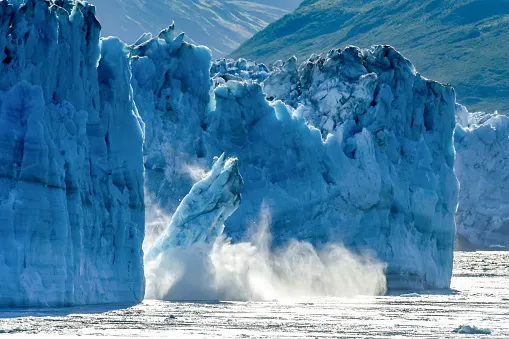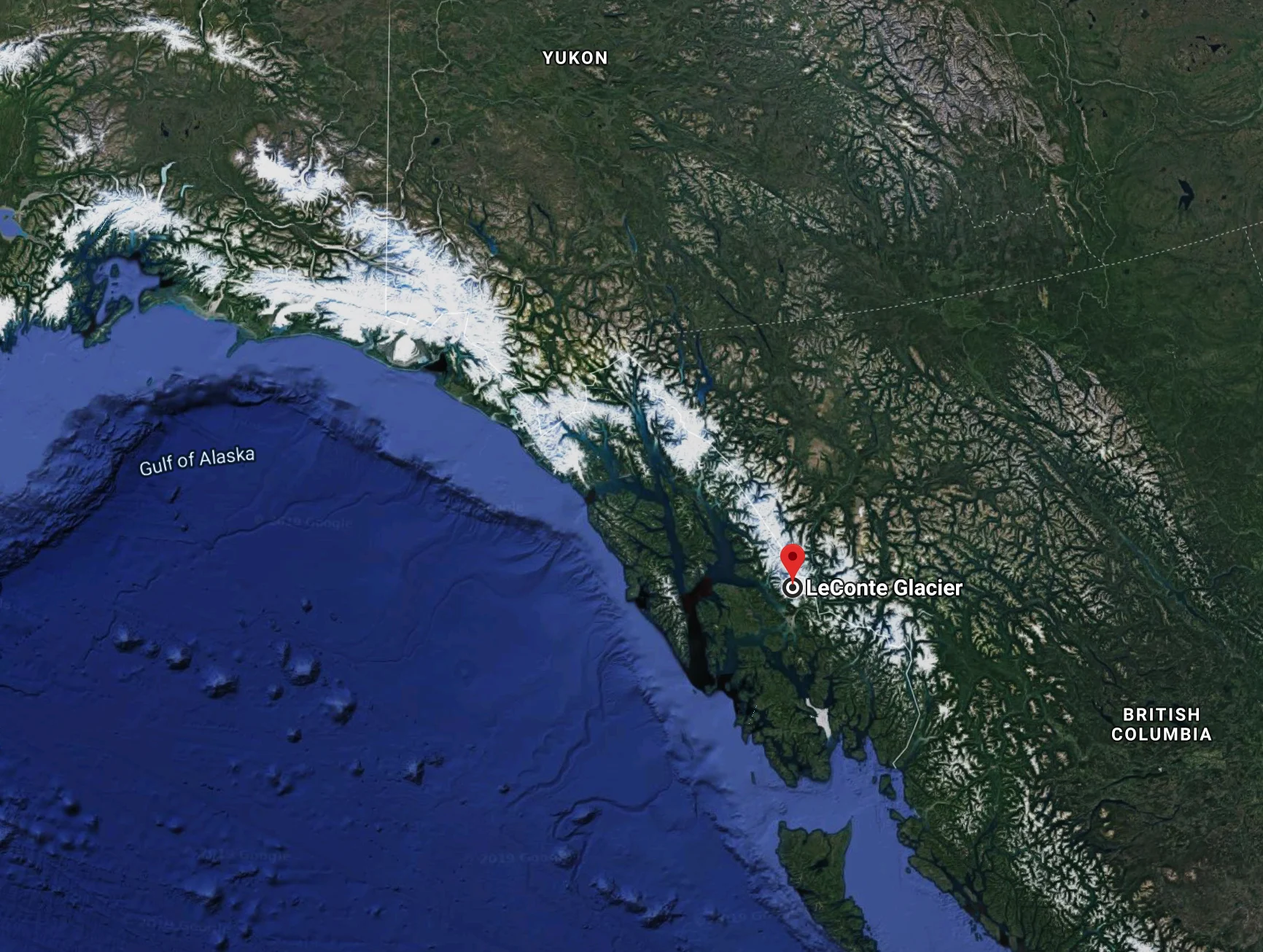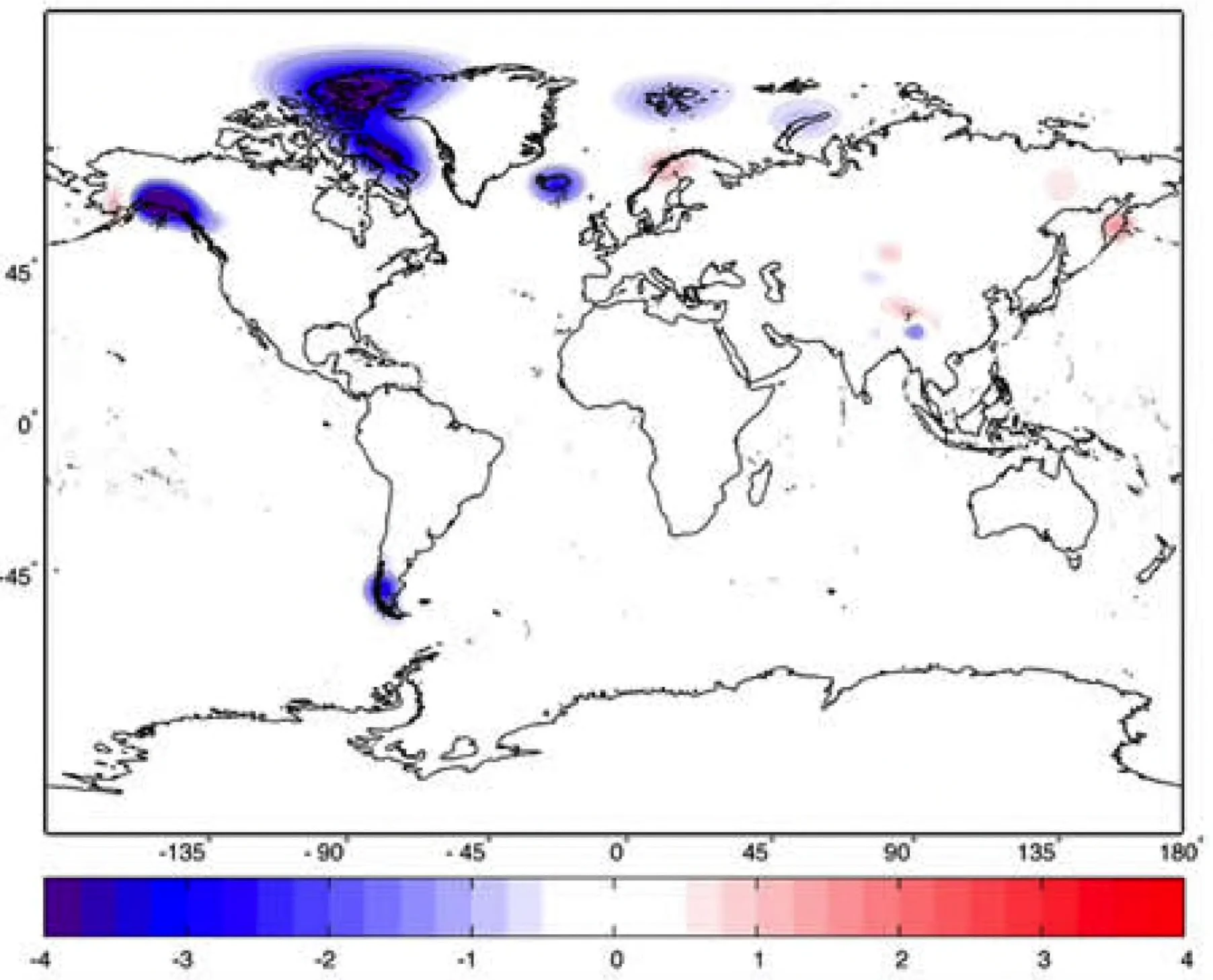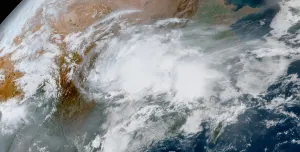
Underwater glacial melt happening 100 times faster than previously thought
A new study reveals that observed melt rates are up to two orders of magnitude greater than predicted by theory, challenging current simulations of ice loss from tidewater glaciers.
Using a new method to measure how glaciers are melting below the surface of the water, a team of oceanographers and glaciologists have discovered that some are melting up to 100 times faster than previously thought.
Some of this calving and glacial melt is a normal process that glaciers undergo during seasonal transitions from winter to summer (and even through summer), however, with climate change, scientists say that glacier melt across the globe is not only accelerating across the surface of the glacier but also beneath the sea.
SEE ALSO: After crushing European records, high heat en route to Greenland
The findings were recently published in Science.org. Research team lead author, David Sutherland, professor of Earth Sciences at the University of Oregon, affirms that the discovery shows how submarine glacial melt in Alaska is happening at a rate dramatically different from some of the assumptions scientists had in the past. Scientists hope these new developments on glacial melt could improve climate change-driven sea-level rise forecasting, as the atmosphere and oceans become warmer.
Around the planet, tidewater glaciers are showing an overall retreat which causes sea levels to rise. How much ice melts below the water is a triggering mechanism for the observed retreat, and study co-author Rebecca Jackson, an oceanographer at Rutgers University-New Brunswick explains that "in the past, we had no direct measurements of melting, let alone how it might vary in time. In our study, we show that the prevailing theory for melt significantly underestimates melt rates. These results suggest a stronger coupling between the ocean and glacier than previously expected, and our work provides a path forward to improving our understanding of how the ocean impacts glaciers."

(Google Maps)
Researchers used multibeam sonar surveys to trace out the shape of the glacier underwater, downstream measurement of currents, and temperature and salinity to estimate meltwater flow. They also used radar to measure the glacier's speed above water, along with time-lapse photography to detect the actual iceberg calving, and weather station data to measure the ice melt from the glacier surface.
The main results obtained from the measured data reveal that melt rates are significantly higher than expected across the underwater face of the glacier and that the melting is greater in summer than in spring. In some cases, the rate of melting is up to 100 times greater than theory would predict. Jackson concludes that the existing theory is inaccurate, at least for the Leconte Glacier in Alaska (the one used to compare theory and observations), as it underestimates melting prediction.

(Changes in ice thickness -- in centimeters per year -- during 2003-2010 as measured by NASA's Gravity Recovery and Climate Experiment satellites, averaged over each of the world's ice caps and glacier systems outside of Greenland and Antarctica. Image credit: NASA/JPL-Caltech/University of Colorado)
This new method now invites researchers around the world to test other glaciers from Greenland, Alaska, Antarctica and beyond, and see how fast they are melting away. Jason Amundson, a glaciologist from the University of Alaska Southeast, and co-author of the study also points out that only 50 of approximately 100,000 glaciers in Alaska are tidewater glaciers, and they’re some of the biggest. These “glaciers can change much more quickly than valley glaciers because of the processes that are happening right where the glacier flows into the ocean”.
While glaciers like the one studied in Alaska experience mainly surface melt, Greenland glaciers experience both surface and submarine melt. In Antarctica, meanwhile, submarine melting is the only type of ice melt. Understanding how and at what rate this is occurring is fundamental to predict future sea-level rise which will impact millions of people around the world in decades to come.
Article source: Sciencemag.org











